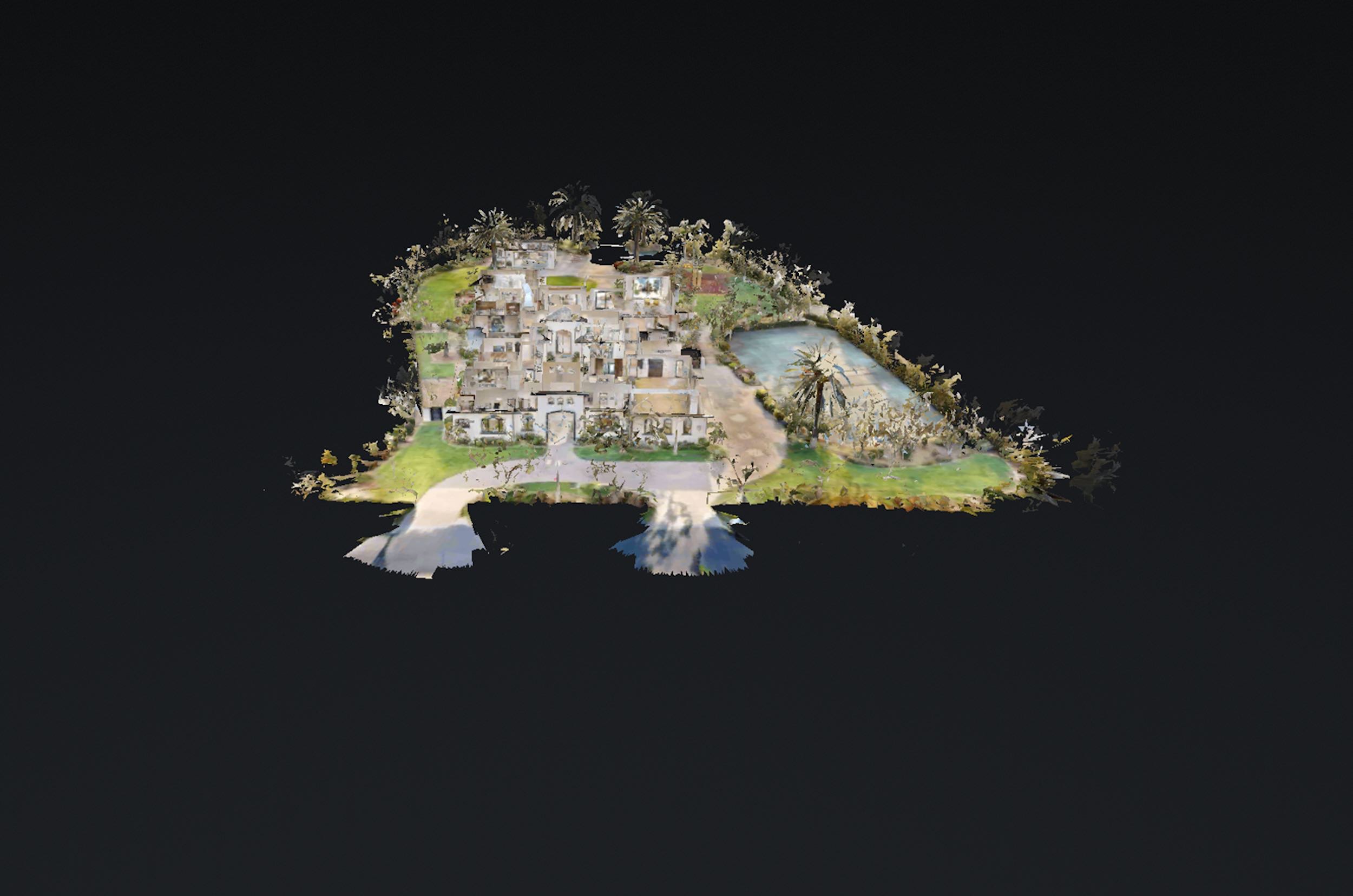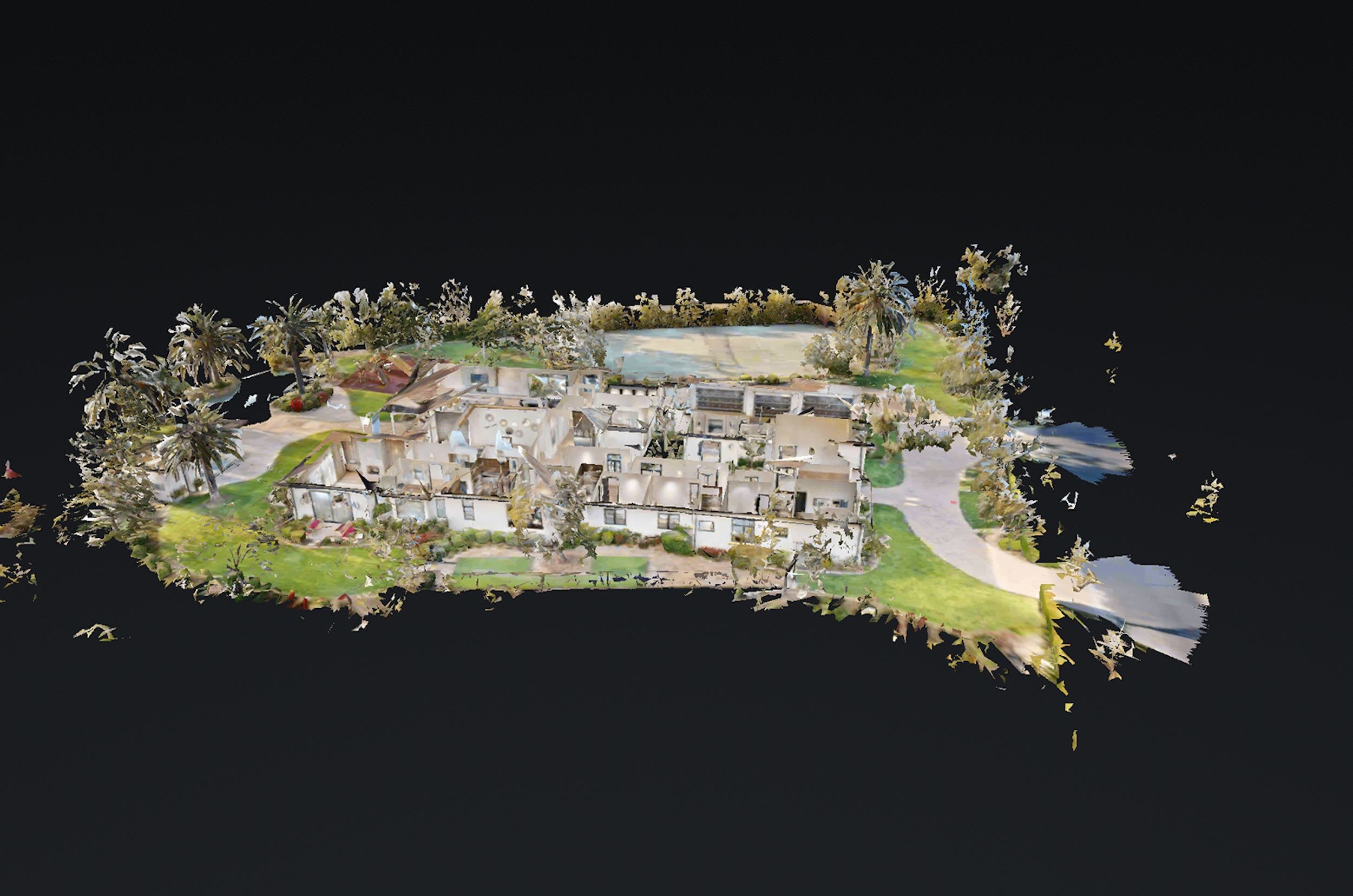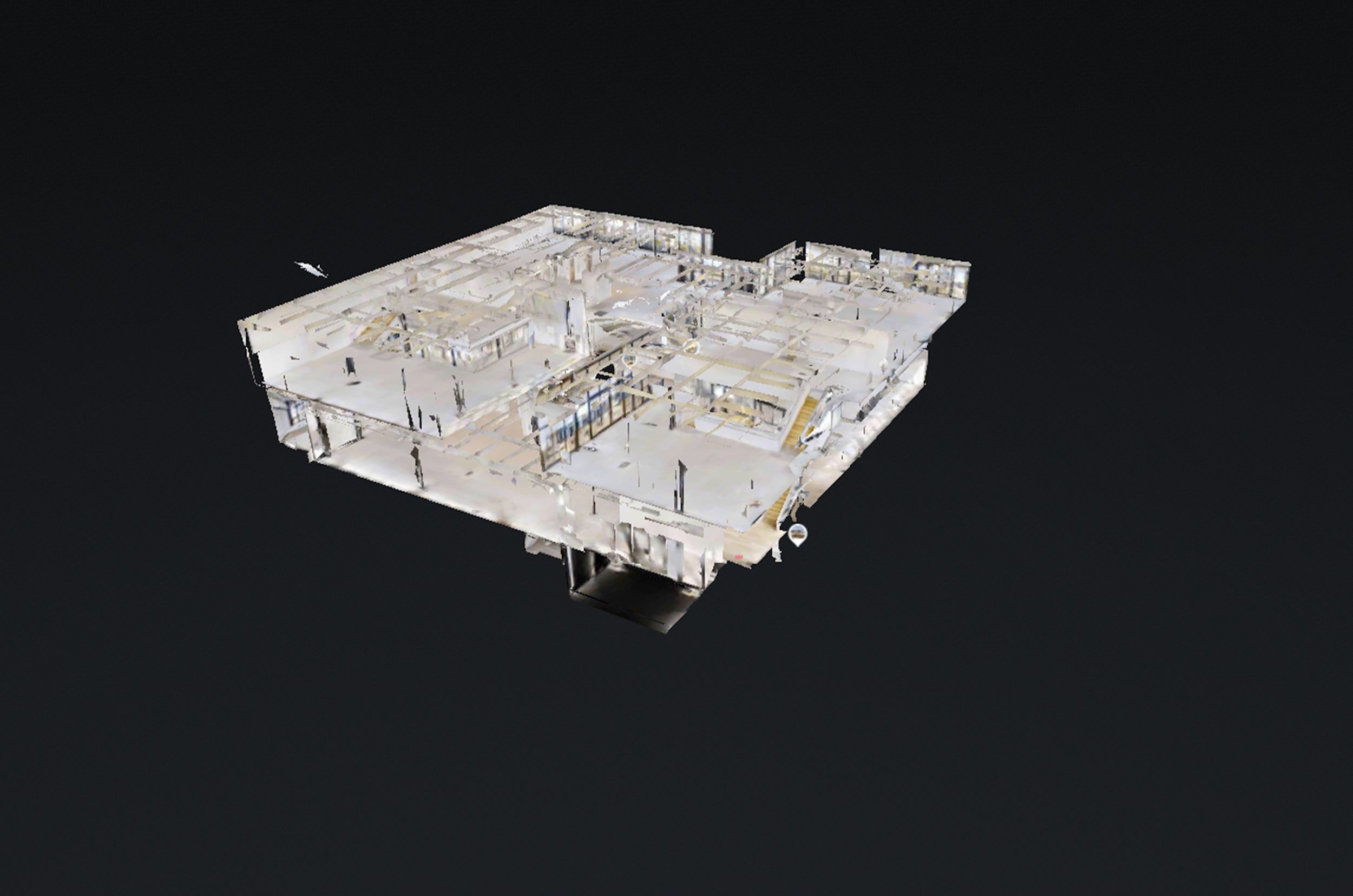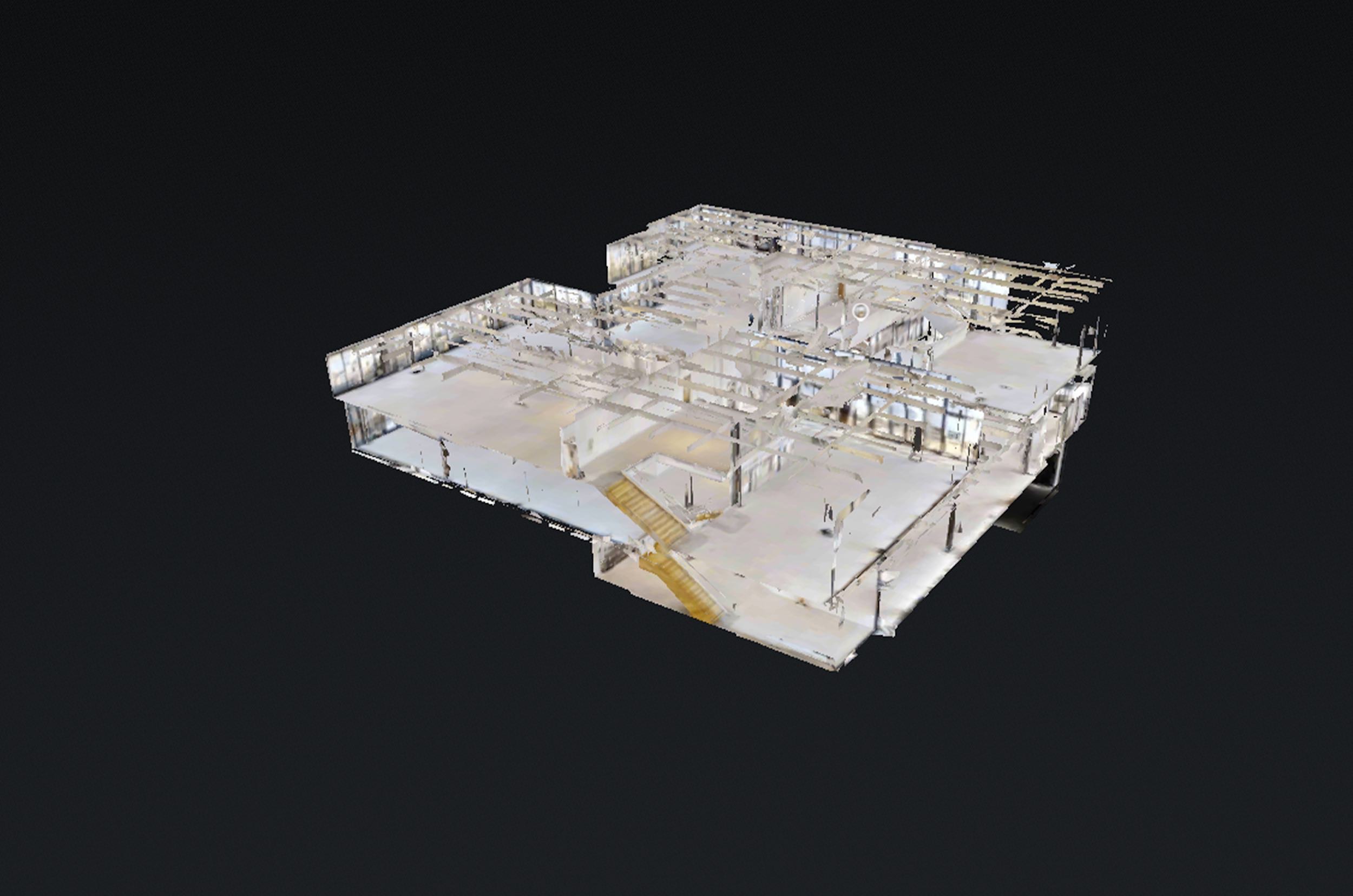While the original 360-degree image productions were made in the early 20th century, professionals have only recently adopted this technology.
Panoramic image technology was initially quite costly and technically complex. However, it is now a popular choice for photographers. It is gradually replacing traditional photography in many industries and sectors.
Despite its stitching flaws (connection of different images to create a panorama), the democratisation and accessibility of panoramic imagery on mobile devices has helped the public become more familiar with the technology.
What is the impact on the audience?
Some studies have shown that 360 virtual tour and VR users experience a stronger emotional response than people who see traditional photographic images.
This type of content also attracts subjects to a greater degree. Recent research shows that 71% believe VR brands are more modern and forward-looking strong>
What technological advancement?
Technological advances in 360 field technology are constant. The launch of two wide-angle lenses (>180°) that can capture two spherical images has resulted in better 360 panoramas.
There is fierce competition in the market for 360 cameras. It is hard to predict who the winner will be, despite three leading brands offering reasonable prices, especially when compared with pioneers in the market.
What uses will you have in the future?
360-video, although still in its infancy, offers even more possibilities. Imagine combining 360-video and virtual reality. This would allow one to evolve in an interactive manner in a real environment.
However, this technology still faces many obstacles before it can reach a professional standard similar to 360 images.
- A picture that isn’t as good as the current digital film
- A new approach to film direction. You can’t position actors at a specific point in a scene like you would with traditional film. The person watching the film will choose his point of view and may not look in the same direction.
- Complex post-production process that can lead to high production costs
- A lack of a software solution that allows virtual graphic objects to easily be added into film scenes
These obstacles can be overcome with increasing adoption of virtual reality headsets by the general population (and dropping prices) and new innovations by start-ups.







